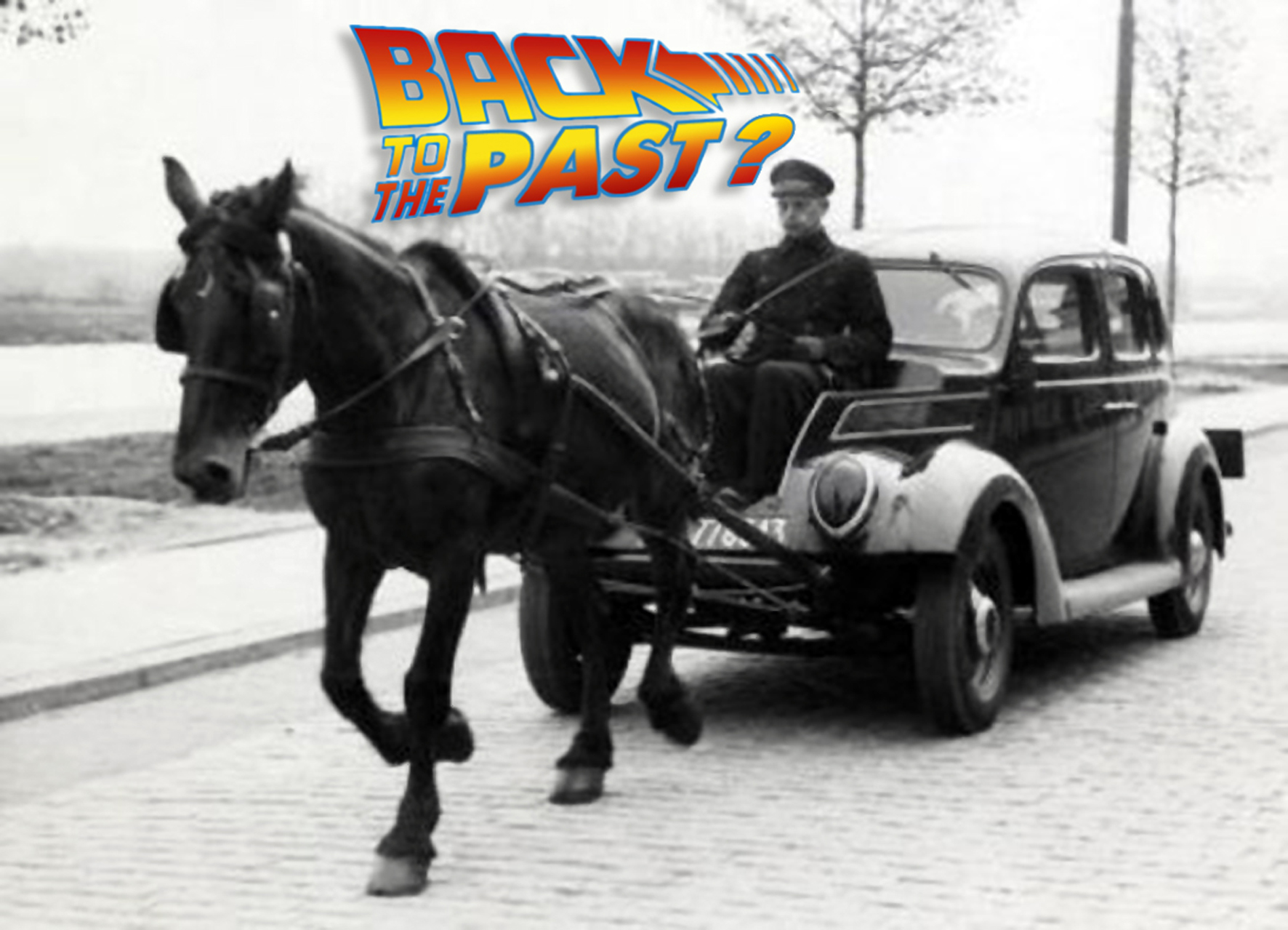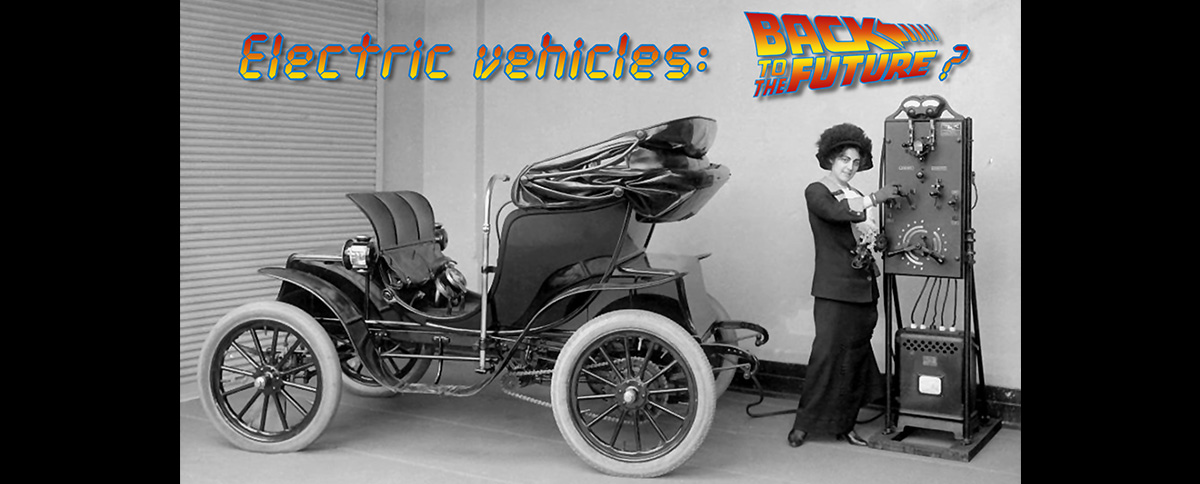
Road Network Spreads Destruction Across Amazon
Editor’s note: Roads in the middle of wildlife, both illegal and legal, cause habitat fragmentation. This, in turn, impacts wildlife. They disturb migration routes of many animals. Many die in roadkill. Some are more likely to be killed than others, affecting the population balance between species. The light pollution alters the circadian rhythms. Other forms of pollution affects other aspects of their lives. Learn more about the impacts of roads on wildlife here. The following article demonstrates how, in addition to that, roads (mainly unofficial roads) are causing a widespread deforestation in the Amazon rainforest, one of the largest remaining rainforests. Amazon is home to not only some rare species of flora and fauna, but also to some of the last remaining uncontacted peoples in the world. Destruction of Amazon is an annihilation of these species and the lifestyles of these people. ...



